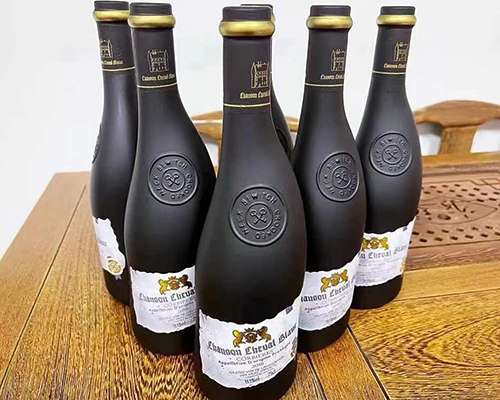
Wine glass bottles are available in a variety of sizes to suit different needs and occasions. In the wine industry, there are glass wine bottles in the standard size of 750ml, small sizes of 175ml, 200ml, 375ml, 500ml, and large sizes of 1L, 1.5L, 3L, 6L, 9L, 12L and 15L. Each glass wine bottle size offers a unique experience and contributes to the overall enjoyment and presentation of the wine.
Generally speaking, the larger the capacity of a glass wine bottle, the smaller the contact area between a unit of wine and oxygen, and the more stable the quality of the wine. At present, many wineries produce large bottles of wine. However, due to factors such as difficulty in transportation, other larger-capacity wine bottles are mostly used for collection, except for 1.5L glass bottles. In addition, small wine glass bottles are becoming more and more popular among wine lovers, because they are suitable for drinking alone, do not waste, are beautiful and portable, and have lower prices.
Origin of 750ml Wine Glass Bottles Standard Capacity
The capacity specification of wine glass bottles dates back to the 19th century. It was not France, which is rich in wine, but Britain that played a decisive role in the 750ML capacity specification.
At that time, Britain used gallons as the unit of measurement, while France used liters (L). Due to the different units of measurement, the free trade between the two countries was greatly restricted. Therefore, the merchants of the two countries agreed to use 50 gallons of oak barrels, about 225 liters, to transport wine to reduce the trouble of calculation.
Since 225L of wine can be evenly divided into 300*750ml, the merchants chose an intermediate capacity of 750ml glass wine bottles to promote trade between the two countries.
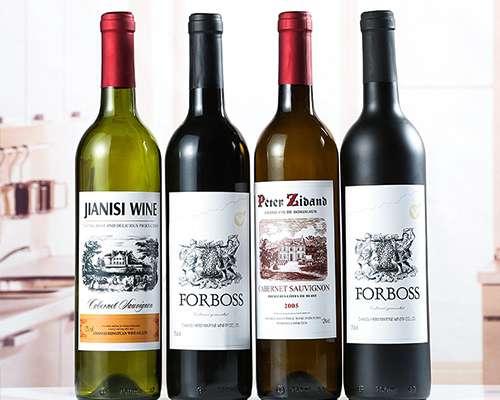
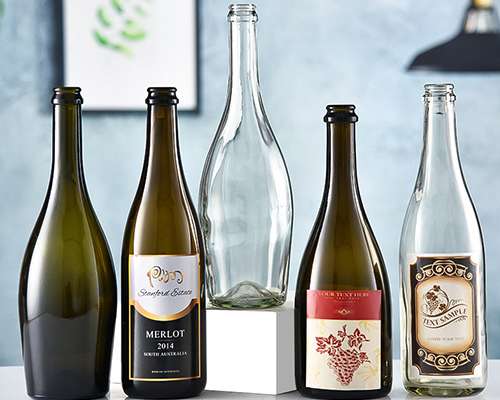
After the 20th century, the design of wine bottles became unified, and the French Bordeaux red wine glass bottle was the first to adopt a fixed value design of wine bottle specifications.
An oak barrel is 225L, which can be evenly divided into 300*750ml wine glass bottles. 300 glass bottles can be divided into 50*6 bottles, and the commonly used boxes at that time were just full of 6 bottles. The weight of 6 bottles is convenient for carrying and has the lowest breakage rate.
Since then, the 750ml capacity specification has become the unified standard for glass wine bottles and has been used to this day. The net content of a bottle of Bordeaux red wine is 750ml. The net content of many red wines is 750ml, and they are all designed to imitate the Bordeaux red wine bottle.
Small Glass Wine Bottle Sizes
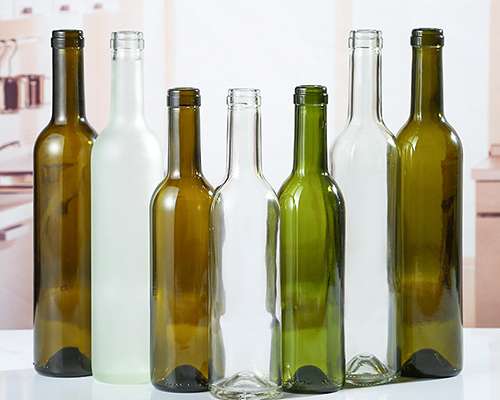
Small glass wine bottle sizes include 175ml, 200ml, 375ml, and 500ml, they are widely used to package ice wine.
187ml glass bottle (Quarter): The Quarter bottle is convenient for personal use or as part of a gift set. Because of their small size, such glass wine bottles can only be sealed with metal screw caps, which are portable and popular with many wine lovers.
375ml glass bottle (half bottle): Half bottle is perfect for drinking alone and tasting.
Large Wine Glass bottle Size
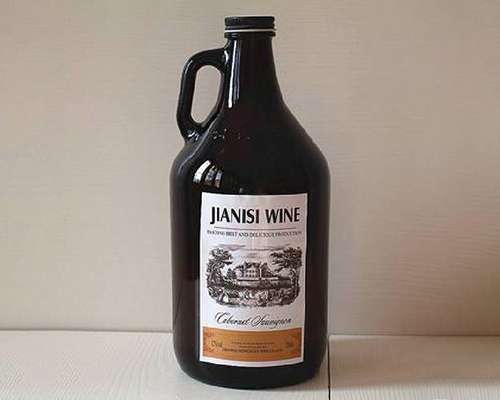
- 1.5L Glass Wine Bottle: Equivalent to two standard bottles, large bottles are popular for celebrations and special occasions.
- 3L Glass Bottle: Double large bottles are perfect for large parties or for aged wines that can benefit from extended bottle maturation.
- 5L Glass Bottle: Equivalent to 4 standard wine bottles, often used for sparkling wine or champagne.
- 6L Glass Bottle: Equivalent to 8 standard bottles, often used for grand celebrations or events.
- 9L Wine Glass Bottle: Equivalent to 12 standard bottles, often used for grand events or as decorations.
- 12L Glass Bottle: Perfect for large parties or as a collector’s item due to its rarity and size.
- 15L Glass Bottle: Equivalent to 20 standard bottles, a luxury display piece often seen at high-end venues or exclusive events.
